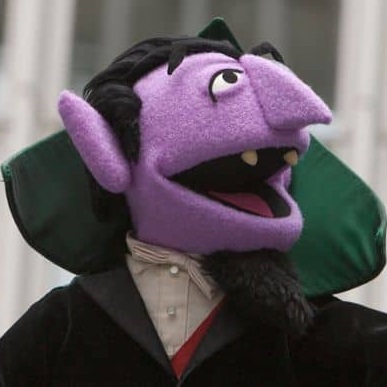A mirror and a perfectly white wall both reflect (nearly) all the light that hits them, the only difference is in which direction they reflect it. White walls will scatter the light that hits them.
Good question.
The light output would be the same because there is still only one light source. But as you note, some of the “light” would be absorbed by the wall, so the room would be brighter if you had a mirror. Not twice as bright though, because the wall also “reflects” light, otherwise you would not see the wall.
So, would it make sense to have mirror walls to maximize room brightness? Maybe not, because what the walls end up doing is actually scattering the light, meaning light is spread out evenly, wheras with the mirrors you would have some bright areas (corresponding to the lamp) and some darker areas.
Not all of the light would have been wasted on the wall. If your wall is painted green, then the ‘rest of the rainbow’ (red, orange, yellow, blue, violet wavelengths) would be absorbed and converted into heat. Paint is quite rough on a microscopic level, and the green light reflected would be scattered in every direction.
Things that have a colour do so because they reflect those frequencies. Mirrors reflect pretty much all frequencies of visible light with very little scattering - that’s the definition of the word, really.
If you had a black feature wall behind your lamp, such that very little was reflected off it into the rest of the room, then with a mirror there would be about twice the photons illuminating the room. If your wall was pure brilliant white, much less of a difference. Your eyes don’t perceive ‘twice the photons’ as ‘twice as bright’ - they scale from absorbing thousands a second when fully dark-adjusted at night, to trillions per second at midday - but you might find it a bit easier to eg. read a book elsewhere in the room.
Light output from the lamp doesn’t change, but depending on the colours of things in your room, the light output that is useful for seeing might do.
Depends on the color of the wall, but likely no. A matte black wall would absorb a lot of light, a matte white wall would reflect most of the light. Other colours would fall somewhere in the middle, reflecting some wavelengths and absorbing others. The only difference with a mirror is that it reflects light in a uniform fashion, whereas a painted wall will generally scatter reflected light. But scattered light still contributes to total light output! The only scenario where a mirror behind a lamp would come close to doubling light output would be if the wall we’re comparing against is painted with Vantablack or some other ultrablack paint that absorbs 99%+ of the light from the lamp.
You’re just changing the direction of that light with a mirror. Picture a light bulb vs a light bulb in a flashlight with that reflector dish behind it.
Walls also do this, but to a lesser extent. If your concern is wasting light then get a lamp with a reflective directional shade. You know, like the Pixar lamp.
The light output is the same. The light “input” you are receiving through your eyes is more, because the light (not all of it though, but nearly) is now reflected towards you instead of partially absorbed by the wall.
No, but a mirror can absolutely be used to redirect more light into the room that you want to light up instead of lighting up a wall. Depending on the angles you can also use the mirror to direct the light in other directions, so that you can use just one lamp to light up an object from two sides which will make it appear better lit.
You can say that you’ve increased the light in your direction but it is by takimg it away from the opposite side of the lamp
it would increase the amount of light on the part the mirror is reflecting on i think, yeah
You could test this with a cell phone if you were so inclined.







